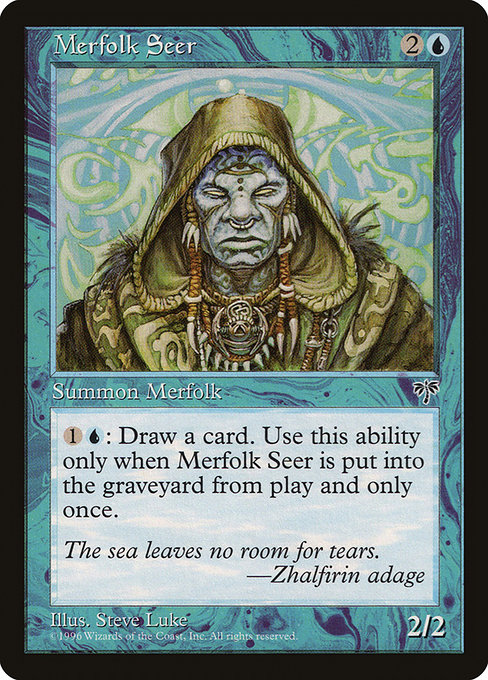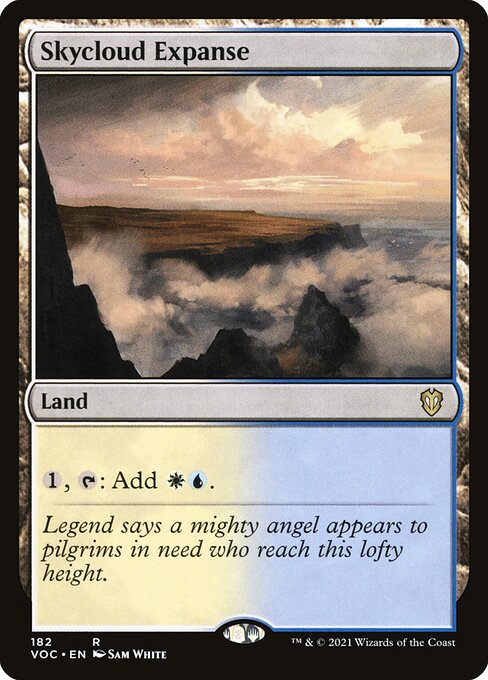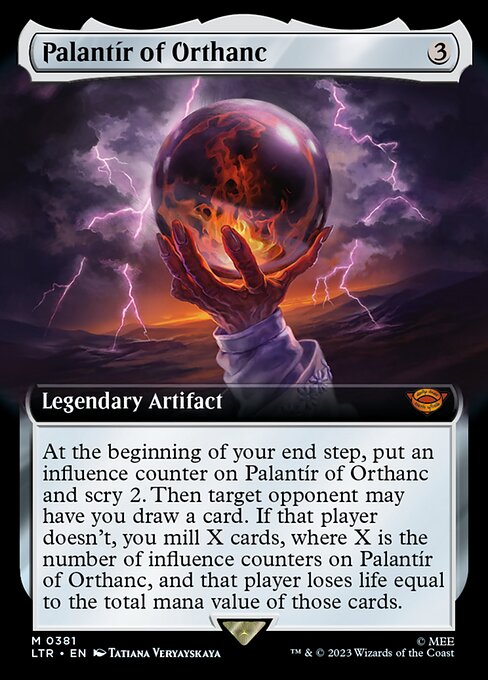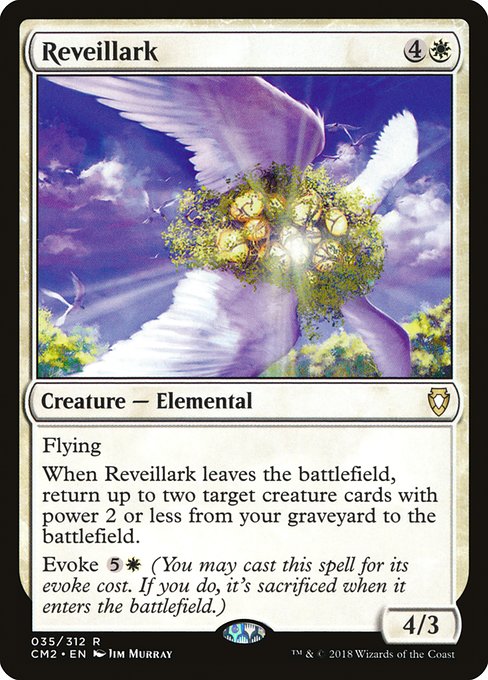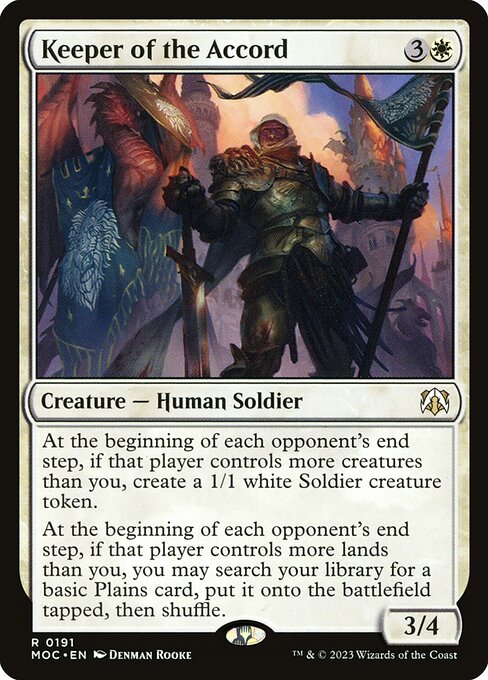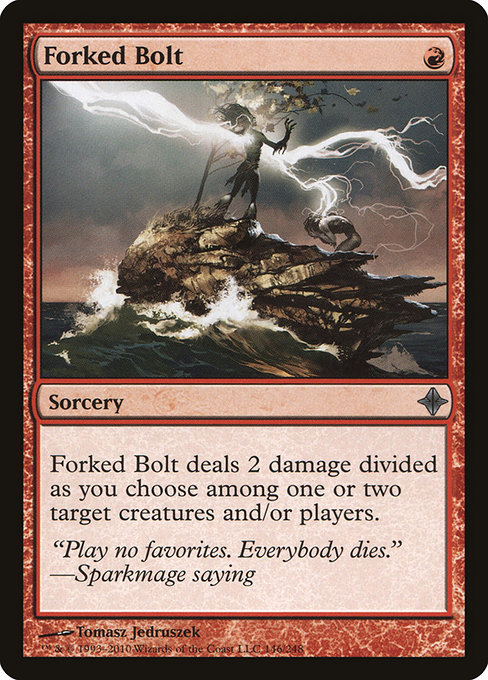
Forked Bolt

Full Analysis
Generated on 2025-06-30T13:46:33.027884 • Legacy FormatForked Bolt: A Versatile and Rewarding Card
TL;DR Summary
Forked Bolt is a powerful sorcery that allows players to split damage between one or two targets, making it a staple in many mid-to-aggressive decks. Its versatility and ability to adapt to different board states make it an attractive option for a wide range of metagames.
Detailed Card Mechanics and Interactions
Forked Bolt is a simple yet elegant card that works by dealing 2 damage to one or two targets, with the player choosing how to split the damage. The key mechanic here is the "forking" ability, which allows the player to divide the damage between multiple targets. This can be particularly useful in situations where a single target would otherwise be too tough to hit.
One of the most important interactions to consider when playing Forked Bolt is its timing. Can it be played on turn 1 or early turn 2 to deal significant damage, or does it work better on later turns when the opponent's life total is lower? In general, Forked Bolt is more effective when played in response to an opponent's attack or when used to finish off a weakened target.
Another important consideration is the potential for countermeasures. Some cards, such as Counterspell or Disdainful Stroke, can neutralize Forked Bolt's damage by disrupting the player's ability to play it or by absorbing the damage themselves. In these cases, players may need to rely on other forms of removal or adapt their strategy to account for these countermeasures.
Strategic Uses, Combos, and Synergies
Forked Bolt is a versatile card that can fit into a wide range of strategies. One popular application is in mid-to-aggressive decks, where it can be used to deal significant damage to an opponent's life total or to finish off a weakened target. In these cases, the player may choose to divide the damage between one and two targets, depending on the specific situation.
Another strategic use for Forked Bolt is as a tool for "pinging" or dealing small amounts of damage to multiple opponents. This can be particularly effective in multiplayer formats, where a single card like Forked Bolt can make a significant impact when played across multiple opponents.
In combination with other cards, Forked Bolt can also create powerful synergies. For example, pairing it with Rigor Mortis can allow the player to gain an advantage on the battlefield while also dealing damage to their opponent's life total. Similarly, combining Forked Bolt with Chandra, Torch of Defiance can provide a strong source of burn damage that can be used to pressure opponents.
Deckbuilding Roles and Archetypes
Forked Bolt typically serves as a mid-to-late game card in decks focused on aggression or tempo. It's often paired with other cards that provide a strong early-game presence, such as Goblin Guide or Llanowar Elves, to create a powerful attacking force.
In aggressive decks, Forked Bolt is often used to deal significant damage to an opponent's life total or to finish off a weakened target. This can be particularly effective in formats with low-life totals, where even small amounts of damage can make a significant impact.
In more control-oriented decks, Forked Bolt may serve as a "safety net" card that provides a way to deal damage and finish off an opponent when they're at their weakest. In these cases, the player may choose to divide the damage between one and two targets, depending on the specific situation.
Format Viability and Competitive Context
Forked Bolt has seen significant play in recent formats, particularly in Modern and Pioneer. Its versatility and ability to adapt to different board states make it a staple in many mid-to-aggressive decks. In these formats, Forked Bolt is often used as a "flex" card that can be played in response to an opponent's attack or when used to finish off a weakened target.
In more control-oriented formats like Standard, Forked Bolt may serve as a supporting role card that provides a way to deal damage and finish off an opponent. In these cases, the player may choose to pair it with other cards that provide a strong early-game presence, such as Golgari Findbroker or Soul Warden.
In general, Forked Bolt is considered a mid-to-late game card that can be played in response to an opponent's attack or when used to finish off a weakened target. Its timing and potential for countermeasures make it a challenging card to play effectively, but also one of the most rewarding.
Rules Interactions and Technical Notes
One important interaction to consider when playing Forked Bolt is its ability to fork damage between multiple targets. This can be particularly useful in situations where a single target would otherwise be too tough to hit.
However, it's worth noting that Forked Bolt does not apply cumulative damage. In other words, if the player chooses to divide the damage between one and two targets on turn 1, and then chooses to divide it again between two targets on turn 2, the total amount of damage dealt will still be capped at 4.
Additionally, Forked Bolt does not have any built-in interaction with other cards that provide "split damage" effects, such as Splinter Twin or Cleansing Touch. In these cases, players may need to rely on other forms of removal or adapt their strategy to account for the specific card interactions involved.
Art, Flavor, and Historical Context
Forked Bolt's art depicts a stylized illustration of a bolt being split in two, with each half dealing damage to its respective target. The flavor text reads "The bolt splits, then reassembles itself around its targets." This gives the impression that Forked Bolt is a card that can be molded and shaped to fit different situations.
Historically, Forked Bolt was first printed in the 2011 set of Magic: The Gathering cards, Innistrad. At the time, it was considered a relatively weak card compared to other burn spells, but its versatility and ability to adapt to different board states made it an attractive option for many players.
Summary of Key Points
- Forked Bolt is a versatile sorcery that allows players to split damage between one or two targets.
- Its timing and potential for countermeasures make it a challenging card to play effectively, but also one of the most rewarding.
- Forked Bolt typically serves as a mid-to-late game card in decks focused on aggression or tempo.
- It's often paired with other cards that provide a strong early-game presence to create a powerful attacking force.
- In more control-oriented decks, Forked Bolt may serve as a "safety net" card that provides a way to deal damage and finish off an opponent when they're at their weakest.
In addition to these key points, it's worth noting that Forked Bolt is a card that can be used in a variety of different ways. It can be played as a straightforward burn spell, or it can be used to create complex combinations with other cards. Its versatility and adaptability make it a valuable asset for any player looking to improve their game.
Forked Bolt's ability to fork damage between multiple targets makes it an attractive option for players looking to deal significant damage to their opponents. However, its potential for countermeasures and the need to carefully consider timing make it a challenging card to play effectively. Nevertheless, the reward is well worth the risk, as Forked Bolt can be a game-changer in the right situations.
In order to maximize the effectiveness of Forked Bolt, players should look for opportunities to use it in response to an opponent's attack or when used to finish off a weakened target. They should also be aware of potential countermeasures and take steps to mitigate them. By doing so, players can unlock the full potential of this versatile card and make it a valuable addition to their deck.
In conclusion, Forked Bolt is a powerful and versatile card that can fit into a wide range of strategies. Its ability to adapt to different board states makes it an attractive option for players looking to deal significant damage to their opponents. While its timing and potential for countermeasures can make it challenging to play effectively, the reward is well worth the risk, as Forked Bolt can be a game-changer in the right situations.
Overall, Forked Bolt is a card that demands respect from players of all levels. Its versatility and adaptability make it a valuable asset for any deck, and its potential for significant impact should not be underestimated.
